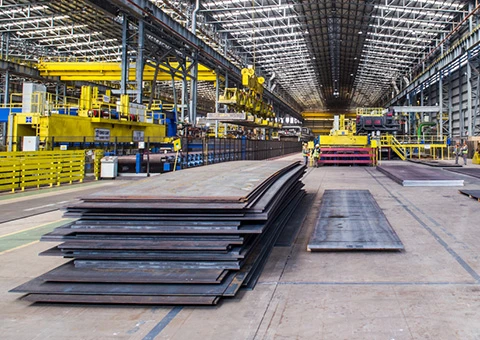Telescopic Gantry Crane Innovations for Enhanced Efficiency and Versatility in Heavy Lifting Applications
The Advantages of Telescopic Gantry Cranes in Modern Construction
In the ever-evolving world of construction and industrial operations, the need for efficient and versatile lifting equipment is paramount. Among the array of available options, telescopic gantry cranes have emerged as a groundbreaking solution, facilitating the handling of heavy loads in various environments. This article explores the advantages, applications, and innovations surrounding telescopic gantry cranes.
Understanding Telescopic Gantry Cranes
A telescopic gantry crane is a type of lifting equipment that features a gantry structure supported by heavy-duty legs. What sets this type of crane apart is its telescopic mechanism, which allows the crane’s height and reach to be adjusted according to the requirements of the job. This adaptability makes telescopic gantry cranes suitable for a wide range of tasks, from construction sites to shipyards and more.
Versatility in Application
One of the primary advantages of telescopic gantry cranes is their versatility. They can be used in a variety of settings, including warehouses, shipping yards, construction sites, and manufacturing plants. The height-adjustable design enables them to lift and transport goods of varying sizes and weights without the need for extensive reconfiguration. From lifting heavy machinery and large building materials to handling bulky containers, these cranes can perform a multitude of tasks efficiently.
Enhanced Safety Features
Safety is a top priority in any construction or industrial operation, and telescopic gantry cranes offer robust safety features that enhance their operational reliability. Many models are equipped with automatic locking mechanisms, emergency stop buttons, and overload protection systems, reducing the risk of accidents and ensuring that operators can work confidently. Additionally, their stable design minimizes the risk of tipping over, further promoting safe operation in challenging environments.
telescopic gantry crane

Improved Efficiency and Productivity
The telescopic function of these gantry cranes not only allows for increased lifting heights but also improves overall productivity. Workers can quickly adjust the crane's height for specific tasks, minimizing the time spent on setup and reconfiguration. This efficiency leads to faster project completion times, which can significantly reduce labor costs and increase profitability. Moreover, the ability to handle multiple types of loads makes it easier for teams to adapt, reducing downtime and enhancing productivity.
Cost-Effectiveness
Investing in telescopic gantry cranes offers long-term cost benefits as well. Their versatility means companies can rely on a single piece of equipment for multiple tasks, reducing the need for various cranes and thus lowering acquisition and maintenance costs. Furthermore, their robust construction and materials provide durability, leading to lower repair and replacement expenses over time.
Innovations in Technology
The evolution of telescopic gantry cranes has been significantly influenced by advancements in technology. Modern cranes are often equipped with smart features such as remote controls, IoT integration, and real-time monitoring systems. These innovations not only enhance user convenience but also enable operators to better manage load capacities and understand crane performance, leading to more informed decision-making and efficient operations.
Conclusion
In summary, telescopic gantry cranes represent a significant advancement in lifting technology, providing a blend of versatility, safety, efficiency, and cost-effectiveness. As various industries continue to embrace these cranes, their role in improving operational productivity and safety cannot be understated. With ongoing innovations and enhancements, the future of telescopic gantry cranes looks promising, ensuring they remain a vital asset in modern construction and industrial applications. As businesses seek to improve their lifting solutions, integrating telescopic gantry cranes into their operations will undoubtedly prove to be a forward-thinking choice.
-
Unlock Seamless Relocation with Our Heavy Equipment Moving ExpertiseNewsJun.06,2025
-
Unleash Unrivaled Flexibility with Our Adjustable Gantry CraneNewsJun.06,2025
-
Unleash Heavy-Duty Efficiency with Our Industrial Gantry Crane SolutionsNewsJun.06,2025
-
Revolutionize Steel Handling with Our Magnetic Lifter RangeNewsJun.06,2025
-
Master Equipment Mobility with Premium Machinery Mover SolutionsNewsJun.06,2025
-
Elevate Your Material Handling with Magnetic Lifter TechnologyNewsJun.06,2025
-
YS Permanent Lifting Magnets: The Smarter Way to Handle SteelNewsMay.22,2025
